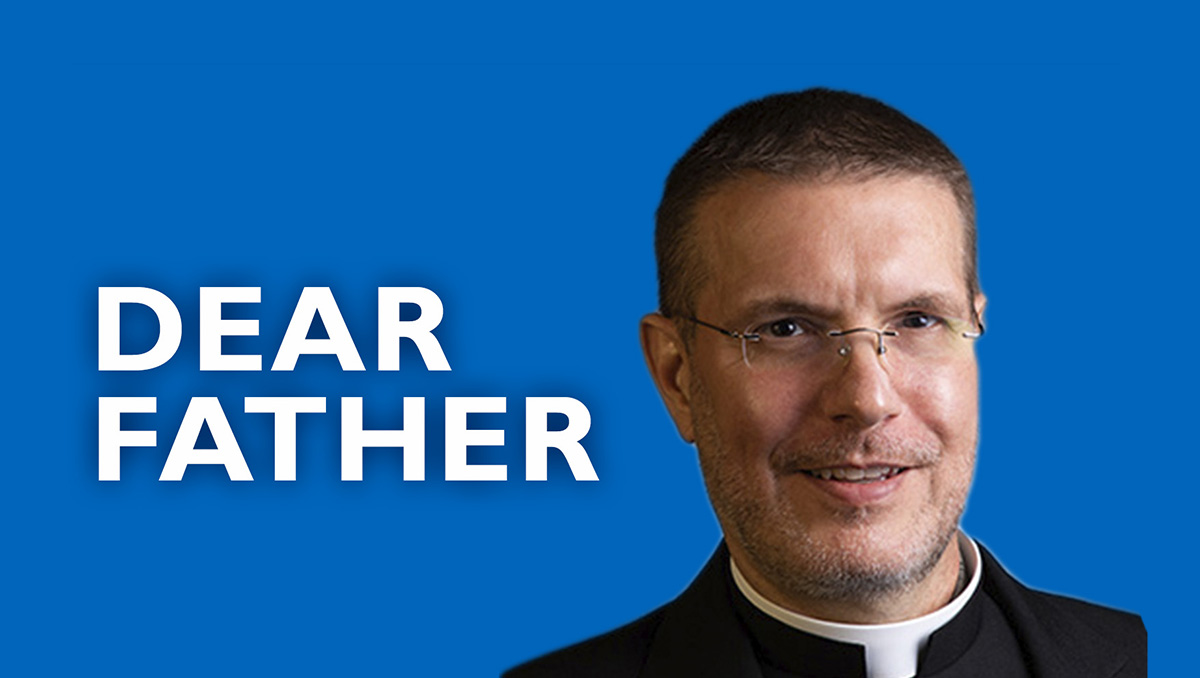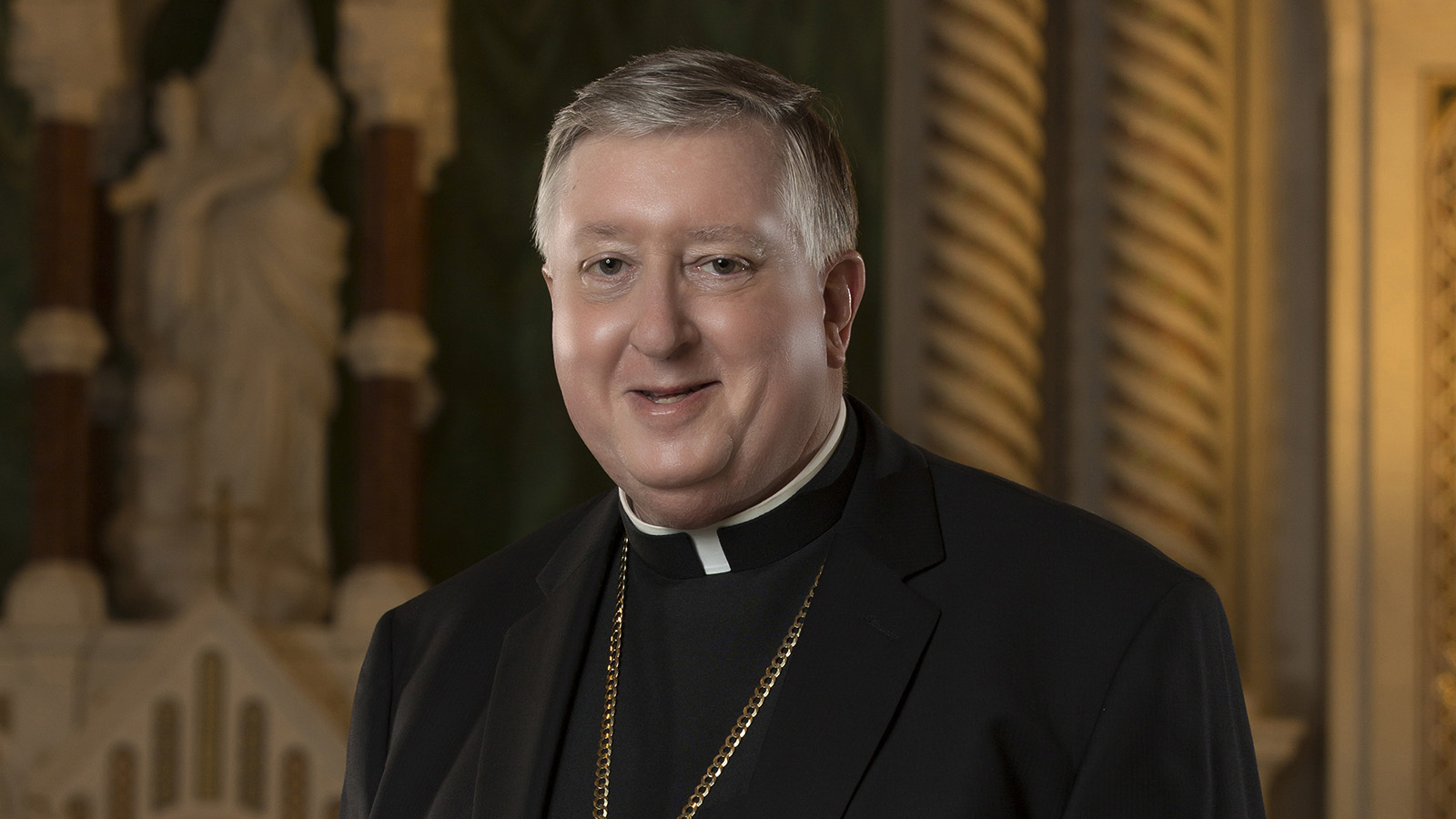DEAR FATHER | O Antiphons mark great joy that is about to come at Christmas
What are the great ‘O Antiphons’ that I hear about during Advent?
The character of the Advent season reflects the meaning of the word Advent.
Advent comes from the Latin word advenio, meaning to come. By the very name of the season, the Church calls us to reflect on the two comings of Christ: at the end of time and in His birth at Bethlehem.
Reflection on these comings form the tempo of the Advent season. For about the first two weeks of Advent, the Church focuses more on the coming of Christ at the end of time. Continuing a theme begun toward the end of the previous liturgical year, the readings and prayers at Mass focus on the end times. In the third week of Advent, however, the Church’s focus shifts toward the joyful event of the Lord’s coming in time at Christmas. The start of the “O Antiphons” on Dec. 17 marks an even greater joy and hope that the Lord will be coming soon.
The exact origin of the text of the “O Antiphons” is lost to history. The earliest mention is in the writings of Boethius early in the sixth century. Apart from this written documentation, the Benedictines have helped to form the “O Antiphons” more than any other group.
An early use of the “O Antiphons” comes from the Benedictine Abbey of Saint-Benoit-sur-Loire in France. There, the antiphons were recited by the abbot and then by the other leaders of the community in descending order. At the end of this prayer, the abbot gave a gift to each member of the community.
The text of the “O Antiphons” is based in Scripture. The antiphons are largely taken from the messianic prophecies in Isaiah, but texts from other prophets of the Old Testament and writings in the New Testament also are used. According to Professor Robert Greenberg at the San Francisco Conservatory of Music, the order of the antiphons isn’t accidental. The first letter of the first word of each antiphon, when placed side by side, spell out the Latin phrase, “Ero cras,” meaning, “Tomorrow, I will come” (Father William Saunders, Arlington Catholic Herald). Since the last antiphon is used on Dec. 23, the intention of these early monks is obvious.
While parishes today often sing “O Come, O Come Emmanuel,” which is based on the “O Antiphons” throughout Advent, the Church formally recites the “O Antiphons” beginning on Dec. 17. For the next week, the “O Antiphons” will be celebrated in the evening prayer before and after the Magnificat of Mary. They’re also an option as a verse for the Alleluia at Mass on those days.
Some families also make them part of their evening prayers around the Advent wreath. With their brevity, mystery and joy-filled character, they make a great conclusion for a family’s preparation for Christmas.
This column appeared in a previous edition of the St. Louis Review.
Father Mayo is pastor of St. Raphael Parish in St. Louis.





